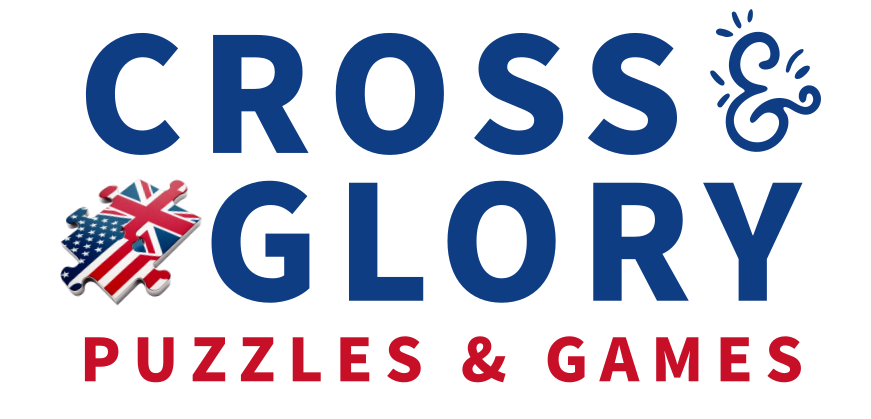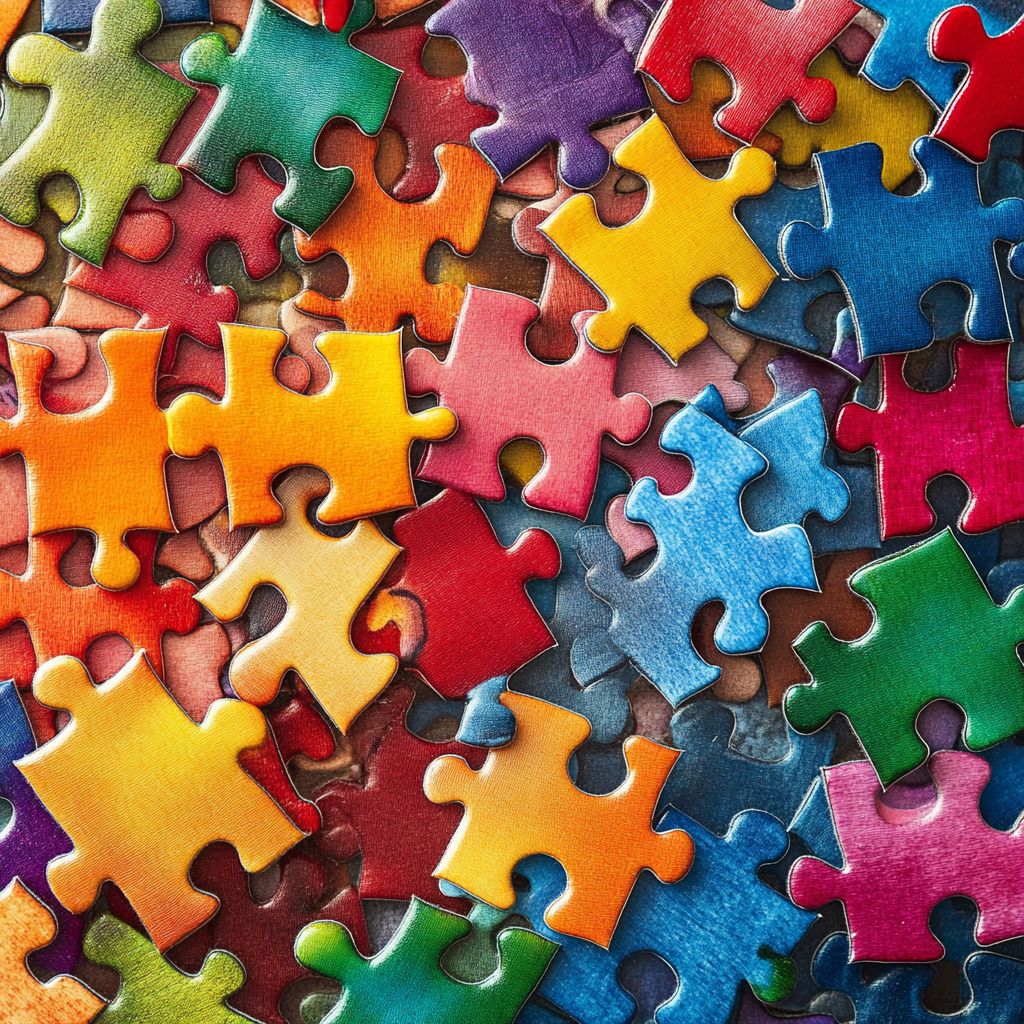Puzzles are more than a collection of pieces—they’re a work of art, a challenge, and a source of joy. But have you ever wondered what goes into creating a jigsaw puzzle? From the initial design sketches to the satisfying “click” of the final piece, the process of bringing a puzzle to life is a fascinating blend of creativity, precision, and craftsmanship. Let’s take a closer look at the journey of a puzzle, from concept to completion.
1. The Creative Vision: Choosing the Right Image
The journey of a puzzle begins with the image. Designers and artists carefully select or create visuals that will captivate and engage solvers. A good puzzle image strikes a balance—it should be beautiful and interesting, but also provide enough variety to make the solving process fun and satisfying.
Modern art puzzles, for example, often feature bold colors and intricate patterns that inspire creativity and mindfulness. These designs encourage solvers to slow down and enjoy the process, offering both a challenge and a sense of calm. To learn more about how art puzzles promote mindfulness, check out Modern Art Puzzles and Mindful Meditation: Finding Inner Balance.
2. The Design Process: Turning Art into Pieces
Once the image is chosen, the real magic begins. Puzzle designers create a “cut pattern” that determines how the pieces will interlock. This step requires skill and precision to ensure the pieces are unique, durable, and satisfying to fit together. Designers often experiment with different piece shapes, from traditional interlocking pieces to more whimsical or irregular cuts.
The complexity of the cut adds to the challenge of the puzzle. A well-designed puzzle rewards solvers with small victories—each connected piece feels like progress toward completing the bigger picture.
3. Craftsmanship and Production: Sustainable Practices
As puzzle demand grows, many manufacturers are focusing on sustainable practices to create eco-friendly puzzles. Using recycled cardboard, plant-based inks, and biodegradable packaging ensures that puzzles are not only beautiful but also kind to the environment.
Sustainability in puzzling isn’t just a trend—it’s a responsibility. Forward-thinking companies are paving the way for greener production methods that preserve the planet without compromising quality. For a closer look at these innovative practices, explore Sustainable Puzzling: Eco-Friendly Materials and Practices for the Future.
4. The Assembly: A Hands-On Experience
Once puzzles are produced, they’re ready for their ultimate test—the hands of the puzzler. Whether you’re tackling a 1,000-piece modern masterpiece or a colorful kids’ puzzle, the experience of assembling a puzzle is uniquely rewarding.
Puzzles for children, in particular, serve as powerful tools for development. They encourage problem-solving, fine motor skills, and patience, all while sparking creativity. If you’re interested in how puzzles benefit kids, read Jigsaw Puzzles for Kids: Development, More Than Just Play.
5. From Start to Finish: The Satisfaction of Completion
The final piece of a puzzle represents more than just the completion of an image—it’s a moment of accomplishment. Solving a puzzle engages the brain, encourages focus, and delivers a sense of satisfaction unlike any other hobby. The journey from sketch to finished puzzle mirrors this process of patience, creativity, and reward.
Conclusion
Creating a puzzle is an art form that combines vision, craftsmanship, and thoughtful production. From the initial sketch to the satisfaction of placing the last piece, puzzles bring beauty, challenge, and joy to solvers of all ages. Whether you’re assembling a mindful modern art puzzle, exploring eco-friendly designs, or watching a child discover the fun of puzzling, every piece tells a story. The next time you start a puzzle, take a moment to appreciate the care and creativity that brought it to life.

